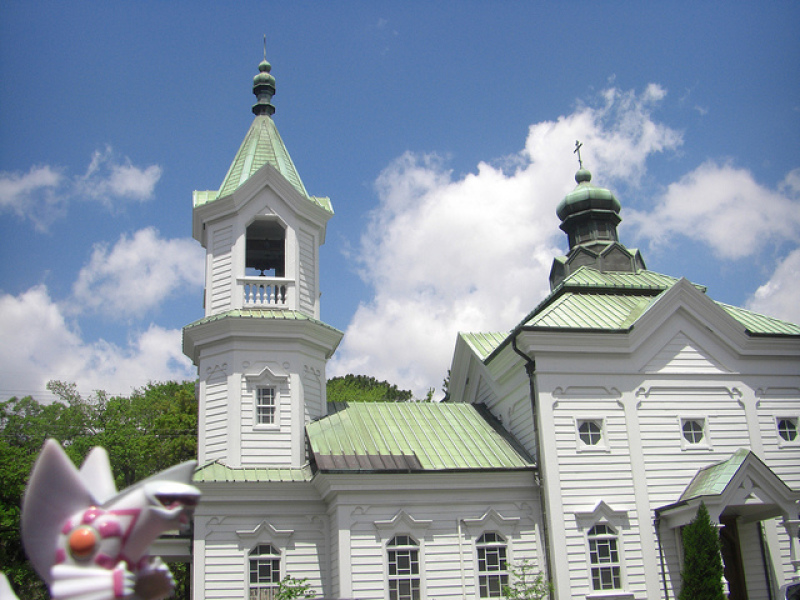
Japanese Christians stood the test of time that revealed their strong faith, even after being suppressed by fear of persecution for over 300 years. The community of 'Kakure Kirishitans' (hidden Christians) are now being given the due recognition for their faith through an exhibition which depicts the trials and tribulations they faced in Japan, when the religion was banned in the country.
The exhibition also displays the Christian testimonies that were earlier stored in Vatican Library Secret Archives and Marega Fund, which were previously also kept by Salesian University.
The documents written on fragile rice paper were rediscovered when the Vatican Library was undergoing restoration, and testify how the Japanese Christians held on to their faith despite persecutions, passing on their faith to next generations.
The letters show how their faith survived without instruction from the Church and the priests, even as they faced threats of violence and humiliations if they went public about their faith.
Christianity first came to Japan in the Nagasaki area in 1549, and was quickly embraced by many natives. The church grew rapidly in Japan till 1597, when a shipwrecked Spanish captain told the ruling daimyo Toyotomi Hideyoshi that the Portuguese missionaries were plotting to subdue Japan. According to historical records, the captain said this in the backdrop of Spanish and Portuguese colonial rivalries, while attempting to recover his cargo.
This led the daimyo to unleash Christian persecution in which 26 believers were crucified. Many others were tortured and killed by being burnt alive.
In 1614, the new ruler Tokugawa Ieyasu signed the Christian Expulsion Edict to ban Christianity and removed all Christians and foreigners from the country. This prompted migration of Christians to Portuguese Macau and the Spanish Philippines.
Japanese shogun had a cunning way to separate Christians from the rest, called "fumie," by which they put a portrait of Jesus or Virgin Mary on the ground, and would ask the suspects to kick the picture. Those who denied or trembled were arrested as being self-evident Christians.
Some Japanese Christians renounced their faith when faced with torture, but others chose to become martyrs.
In the 1622 public martyrdom of Christians, some 100 Christians, including children, were either beheaded or burnt alive. But over 50,000 Christians survived the persecution in and around Nagasaki, according to historical sources.
About 6,000 Christians were martyred between 1614-1640. By 1630, Christianity was driven underground. When Japan finally opened to foreign trade in the late 19th century, the incoming Christian missionaries unexpectedly found a community of hidden Christians. The villagers from Nagasaki region flocked to the new churches, and confessed that they had practiced their faith in secret for generations.
The Vatican Library, National Institute for the Humanities in Japan, and the Kyushu civic authorities collaborated in the colossal effort to bring to light the painful and historic past of Japanese Christians through the exhibition.


















